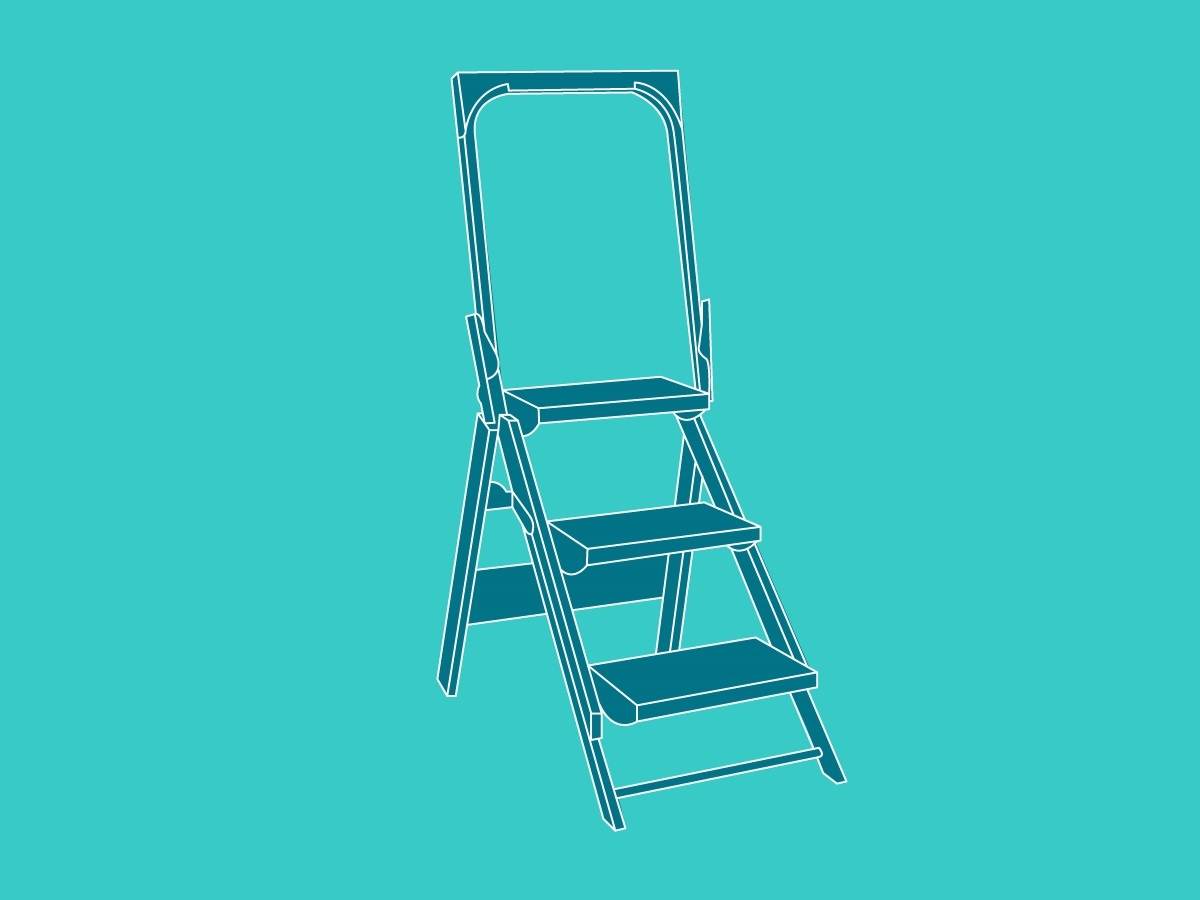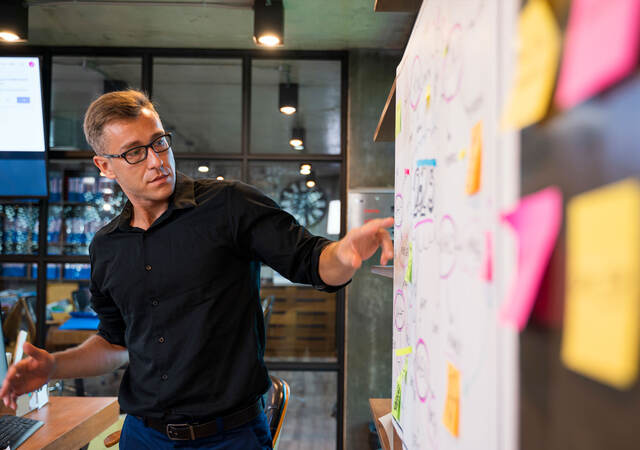June 21, 2023
I won’t name my favorite branded products in this forum. However, I’ve got them. One is a leaf blower that starts on one pull and generates more than enough wind to move large piles of wet oak leaves in November. Another is a washing machine with a nice, pullout drawer at the perfect level to pour in liquid detergent. A third is a wireless speaker with just a few buttons that reliably connects to my mobile phone. A fourth is a particular airline’s check-in kiosk. Notably, not all are created equal. A fifth is a stable, confidence-inspiring step stool that makes your grandfather’s model look like a hazardous object.
As you would expect of a human factors specialist, I favor these and other products because they are designed with the end-user in mind. Depending on the product, it might be its initial ease of use, clear labeling, or comfortable physical interface that leads it to receive my seal of approval. But, it is also their functional effectiveness.
I usually can tell if a product is the beneficiary of human factors engineering. Its package might be easy to open, thanks to its simple physical design and clear labeling, or pose a real challenge, requiring tools and considerable hand strength – indicating a lack of human factors engineering. If the product has a display and controls, they appear organized according to the associated tasks and provide good visual, auditory, and/or tactile feedback. A larger product might have nicely sized handles placed in the right position to provide a secure and balanced grip. A software app will lead you through steps in a coherent manner and look good while doing it. Most importantly, the product will be inherently safe to use, or incorporate the necessary, protective features to enable safe use, like my favorite step stool.
The exemplary step stool has 3 steps, but there are models with 2 or 4 steps. Each step is relatively deep, stays level with the ground when deployed, and has slip-resistant steps. The step stool locks in the open position and has non-slip feet. It even has a handrail that pivots into different positions, helping climbers stabilize themselves. Decades ago, these user-friendly features, which undoubtedly add manufacturing costs beyond the basic step stool, might have been considered unnecessary. Today, higher expectations among consumers that a product be designed for safe use, plus industry and government standards, make safety features a must, thankfully. There is also the manufacturer’s motivator of including features aimed to help avoid accidents, which could lead to personal harm and lawsuits.
It takes a multidisciplinary team that includes human factors specialists to create a product like my favorite step stool. It also takes a company dedicated to producing products that don’t just function but serve the consumers’ needs and preferences, including the need to be safe in all reasonable and foreseeable use scenarios.
Emergo by UL is renowned for applying human factors during medical and pharmaceutical product development to ensure safe, effective, and satisfying user interactions. We also apply human factors to consumer products, such as kitchen appliances, mobility solutions, IoT products used in the home, and software apps.
Request more information from our specialists
Thanks for your interest in our products and services. Let's collect some information so we can connect you with the right person.






